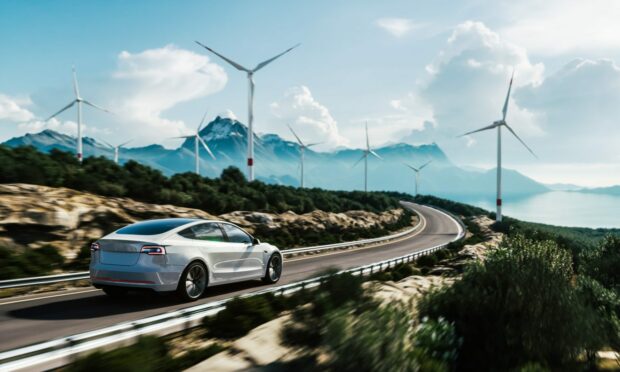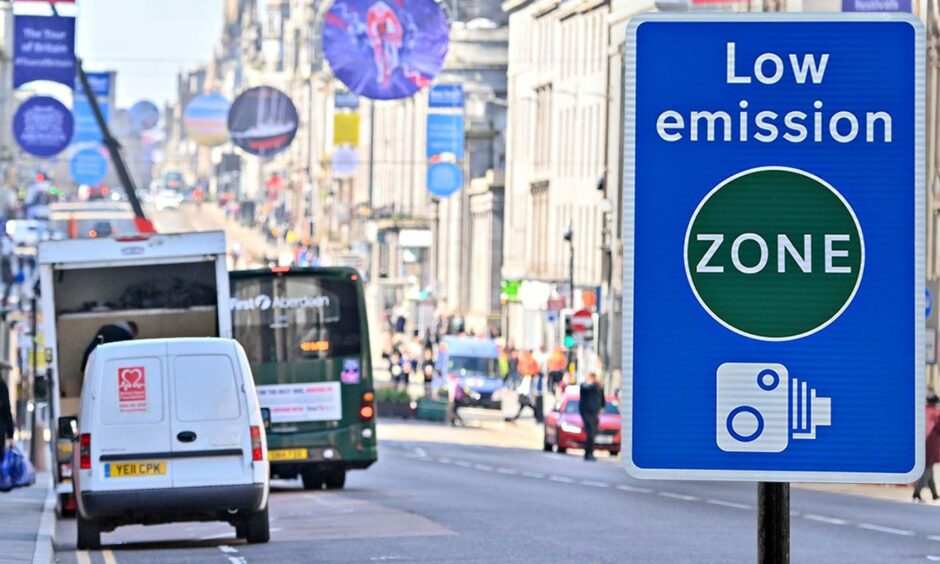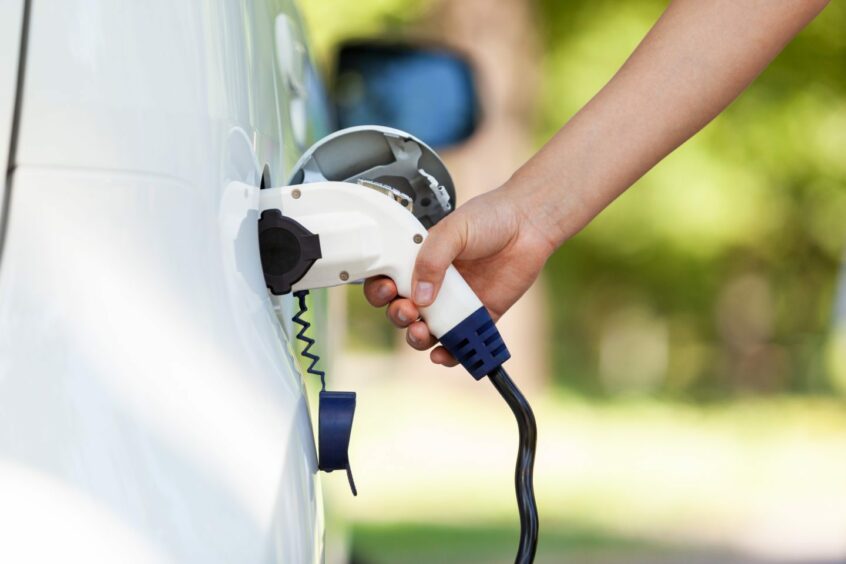Electric cars are becoming more common, and although we’re getting closer to the government’s target of phasing out new petrol and diesel vehicles by 2030, they’re still a relatively unfamiliar concept for many people.
With lots of terms, phrases and acronyms floating around the electric vehicle (EV) space, it can be confusing. So, what do all the terms mean and what do you need to know?
EV subscription service Elmo Drive has put together some of the key terms to understand as we make the transition to EVs.
What does each car term mean?
EV- electric vehicle
All electric powered/electrically assisted vehicles. Commonly associated with purely electric cars.
ICE – internal combustion engine
Standard petrol or diesel engine found in all non-electric cars.
Hybrid
Hybrid cars combine an electric motor and ICE to power the vehicle. Some hybrids can run on electric power only for short periods, others always require the ICE to be running.
MHEV – mild hybrid electric vehicle
A hybrid that has an electric motor which only assists the ICE, meaning you wouldn’t be able to drive the car that far on electric power alone, the ICE nearly always needs to be running.
These cars have slightly improved fuel efficiency figures because of the electrical assistance, but isn’t an ‘electric car’.
PHEV – plug-in electric hybrid vehicle
A hybrid vehicle that has an electric motor which can drive the vehicle on its own (albeit at a much shorter distance than a full EV).
You can plug this vehicle in to charge, like a normal electric car.
What other terms are there?
REx – range extender
Not so common anymore, a range extending EV has an onboard auxillary power unit in the form of a small petrol engine usually. This only charges the electric motor and doesn’t drive the wheels itself.
WLTP – worldwide harmonised light vehicles test procedure
The standard test manufacturers do on their new vehicles to test energy efficiency.
LEZ or ULEZ – Ultra Low Emission Zone
The name for an area which has restrictions/extra costs for high polluting vehicles, to reduce air pollution. Each city has different restrictions so check the local authority’s website to see if you could benefit from a zero-emission EV.
For example, Aberdeen’s LEZ recently came into force. You can check which streets are affected here.
Range
How far you travel depending on how much energy your vehicle has stored i.e. can travel 300 miles on one full charge.
Real world range
How far the car can go under “real world” conditions, rather than factory estimates or optimal conditions. Real world range can vary in summer and winter, depending on how much energy is used for air conditioning and heating, for example.
EV battery terms to know:
kWh – kilowatt-hour
Refers to the total battery capacity, much like the total fuel tank capacity in an ICE car. For example, the Vauxhall Corsa in petrol guise has a 44 litre fuel tank, whereas the Corsa-e in electric form has a 50kWh battery.
Li-ion – lithium ion
The rechargeable battery you’ll find in most of your appliances at home (mobile phone and laptop for example), and now, electric cars.
Battery capacity
The total amount of energy the battery your EV can store, when fully charged, like the equivalent in an ICE car fuel tank.
Useable capacity
Some electric cars purposefully don’t let you use all the battery. This, among other things, is so there’s always a little bit left should the onboard systems need energy when the car is switched off or low on power.
Put simply, the ‘useable capacity’ of a battery is the amount of energy the car can use to actually move. For example, the battery capacity of a Vauxhall Corsa-e is 50kWh, but the useable capacity is 45kWh.
Max charging speed
The highest rate at which your car can take on electricity (or the fastest it’ll charge at any one time). The higher the number, the faster the car will charge – providing the charge point you’re at charges up to similar rate.
mpkWh – miles per kilowatt-hour
The higher the number, the more ‘economical’ the car is, though the maximum range also depends on how big your car’s battery is.
For example, a car that does 3.0 mpkWh but has a 100kWh battery pack will go further on one charge than a car which does 4.0 mpkWh but only has a 40kWh battery.
100 mile efficiency
How many kWhs of battery energy the car uses, as an estimate, to travel 100 miles.




Conversation